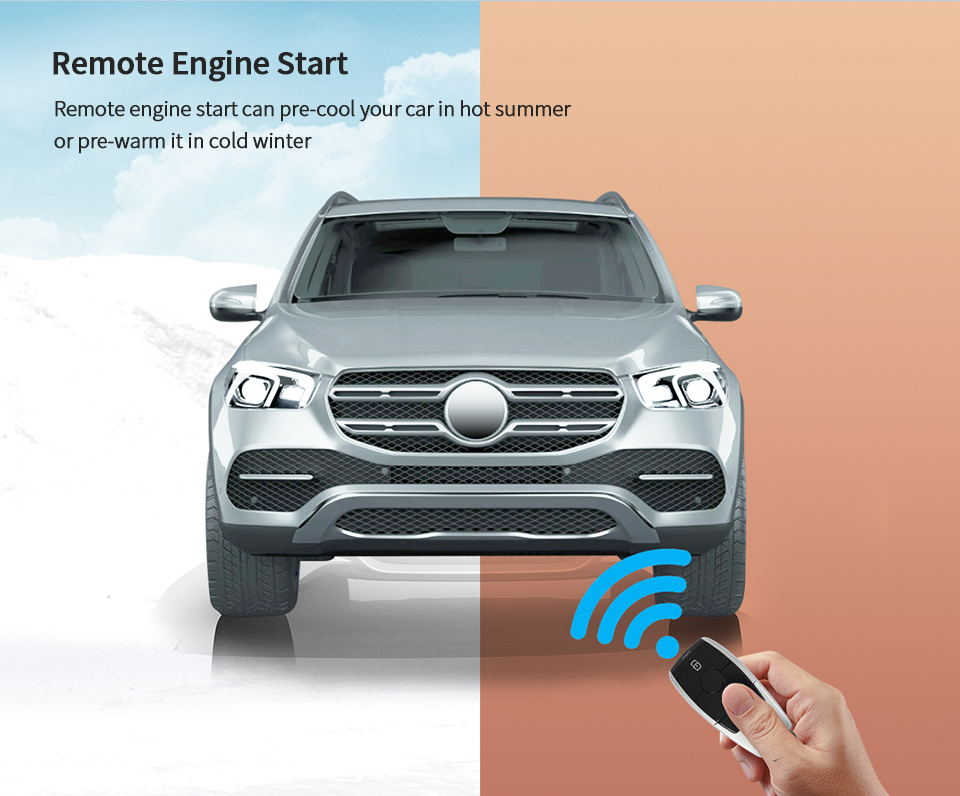The answer is yes, you can! With the right tools and a bit of know-how, you can save money by installing your own car starter. Let’s dive into the details.
What tools do you need?
1. Socket Set
A socket set is a must-have tool for any car-related project. It will allow you to easily remove and install nuts and bolts without damaging them. Make sure you have a variety of socket sizes to fit different components of your car starter.
2. Screwdriver Set
Having a set of screwdrivers with various sizes and types will come in handy during the installation process. You may need them to remove panels, covers, or other components to access the car starter.
3. Wire Strippers
Since the car starter installation involves working with electrical components, having a pair of wire strippers is essential. They will help you strip the insulation off wires cleanly and safely.
4. Multimeter
A multimeter is a crucial tool for testing electrical connections and ensuring everything is wired correctly. It will help you troubleshoot any issues and verify that the car starter is functioning properly.
5. Jack and Jack Stands
You may need to raise your car to access the starter, so having a jack and jack stands is important for safety. Make sure to use them on a flat, stable surface to prevent accidents.
6. Safety Gear
Don’t forget to prioritize safety by wearing appropriate gear such as gloves and safety glasses. Working on a car can be messy and potentially hazardous, so protect yourself while working on your car starter.
To install a car starter, you will need basic tools such as a socket set, screwdrivers, wire strippers, and electrical tape. Additionally, you may need a multimeter to test the electrical connections.

Is it a complicated process?
Step 1: Gather the Necessary Tools
Before you begin, make sure you have all the tools required for the installation. This may include a wrench set, screwdrivers, wire strippers, and electrical tape.
Step 2: Disconnect the Battery
Prior to starting any work on your car, always disconnect the battery to prevent any electrical mishaps. This is a crucial safety step in the installation process.
Step 3: Locate the Starter
Identify the location of the starter in your car. It is typically found near the engine and is connected to the ignition switch and battery.
Step 4: Remove the Old Starter
Using the appropriate tools, carefully remove the old starter from your car. Make sure to disconnect any wires or bolts holding it in place.
Step 5: Install the New Starter
Once the old starter is removed, it’s time to install the new one. Follow the manufacturer’s instructions for proper installation and secure it in place.
Step 6: Reconnect the Battery
After the new starter is securely installed, reconnect the battery to restore power to your car. Double-check all connections to ensure everything is properly connected.
Step 7: Test the Starter
Before closing everything up, test the new starter to ensure it is functioning correctly. Turn the ignition key and listen for the starter motor to engage.
Step 8: Final Checks
Once the starter is confirmed to be working, do a final check of all connections and components. Make any necessary adjustments before closing up the hood.
Installing a car starter is not overly complicated, but it does require some technical knowledge. You will need to locate the starter in your vehicle, disconnect the battery, remove the old starter, and install the new one. Following the manufacturer’s instructions is crucial to ensure proper installation.

What are the benefits of DIY installation?
By installing your own car starter, you can save money on labor costs. Additionally, you have the satisfaction of completing a DIY project and gaining a better understanding of your vehicle’s electrical system.
Any risks involved?
While installing a car starter is feasible for many DIY enthusiasts, there are risks involved. Incorrect installation can lead to electrical issues, damage to your vehicle, or even safety hazards. If you are unsure about any step of the process, it’s best to consult a professional.
Conclusion
In conclusion, installing your own car starter is possible with the right tools and knowledge. However, it’s essential to proceed with caution and follow the manufacturer’s instructions carefully. If you’re up for the challenge, go ahead and give it a try!
